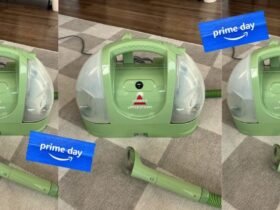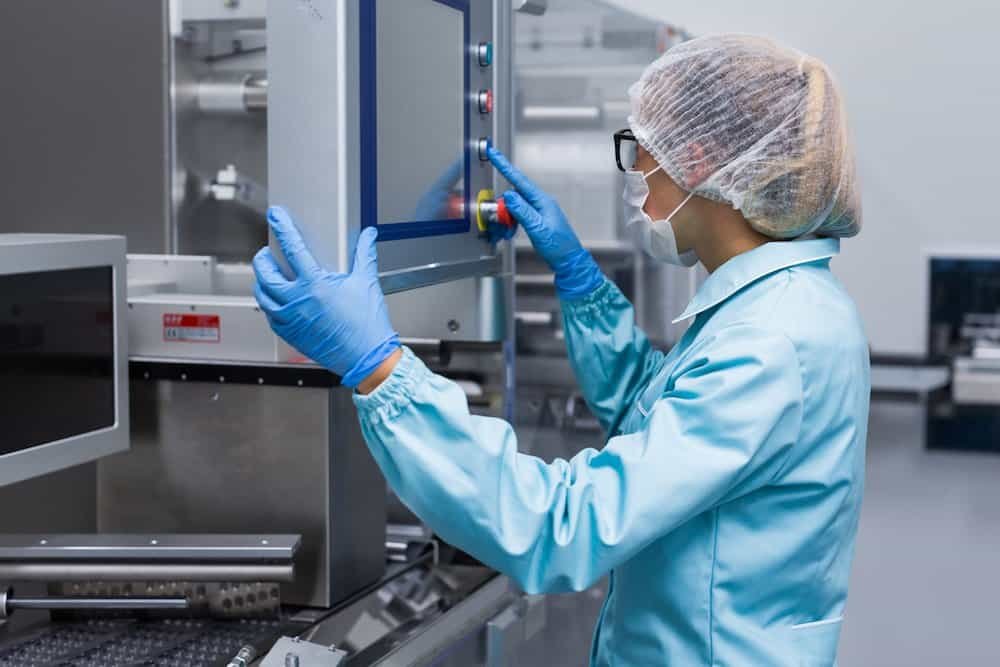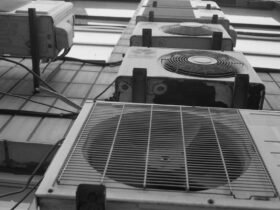In a laboratory, safety equipment is more than just a precaution—it’s the backbone of every task that takes place. Investing in the right safety tools means a lab can operate more safely and efficiently. Yet, some labs cut corners on high-quality products, thinking they’ll save money. However, skipping the right equipment often leads to greater expenses, with increased risks of accidents, equipment failures, and compliance challenges.
So today, we’ll explore why investing in reliable, high-grade safety equipment is worth every penny. From protecting staff and preserving sample integrity to improving workflows and maintaining compliance, we’ll highlight the key benefits that quality safety tools bring to any lab.
Get ready to see why these investments matter.
Enhanced Protection for Personnel and Samples
One of the main advantages of investing in quality safety equipment is the protection it provides for both lab personnel and samples. Labs frequently handle hazardous materials like biological agents and chemicals, making safety equipment essential. Tools such as a biological safety cabinet and fume hoods act as protective barriers, minimizing exposure to harmful substances. They are specifically designed to prevent accidental contact or inhalation, creating a safer workspace.
However, the key to effective protection is purchasing from a reputable source. Reliable suppliers not only provide high-quality products but also offer support if issues arise. They ensure you receive assistance when needed, reinforcing the equipment’s role in keeping personnel and samples safe. With quality equipment and strong support, labs can confidently focus on their goals, knowing they have a reliable foundation for safety and success.
Improved Efficiency and Workflow
The right equipment doesn’t just protect; it helps labs operate smoothly. Safety tools such as containment systems and laminar airflow hoods are designed to keep the workspace organized and efficient. When researchers can trust their equipment, they can focus more on their tasks and less on potential hazards. Equipment built for specific needs also streamlines processes. For example, an ergonomic design in a safety cabinet allows easier access and better mobility, helping lab technicians work more comfortably.
A well-organized lab increases productivity. When everything has a place and safety is assured, tasks become quicker to execute. This efficiency can be especially valuable in labs that handle large volumes of samples. Investing in equipment that enhances workflow doesn’t just save time; it also reduces stress and the potential for errors, contributing to smoother daily operations.
Compliance with Regulatory Standards
Laboratories are held to high standards by regulatory bodies like OSHA, CDC, and USP, especially labs that handle hazardous or infectious materials. Meeting these standards isn’t optional; non-compliance can result in serious fines or even lab shutdowns. Safety equipment plays a major role in helping labs meet these regulatory requirements. For instance, compounding pharmacies must comply with USP 797 and USP 800 guidelines, which include specifications for safe handling and containment.
Using approved equipment ensures that labs stay within legal guidelines. Regulatory compliance not only avoids penalties but also protects the lab’s reputation. Investing in quality equipment from the start ensures that the lab operates within legal standards, providing peace of mind for staff and stakeholders alike.
Reduction in Long-Term Maintenance Costs
High-quality safety equipment might come with a higher initial price tag, but it saves money over time. Cheap, low-quality equipment often needs frequent repairs or replacements, which can disrupt lab operations and increase costs. High-grade materials and reliable engineering lead to a longer lifespan for lab equipment, meaning fewer interruptions due to breakdowns.
Durability is essential for labs, especially those that work with sensitive or hazardous materials. Equipment like laminar flow hoods or ultra-low freezers are critical to maintaining safe and effective conditions. When these pieces are built to last, they reduce the overall maintenance burden. By investing in robust equipment upfront, labs can enjoy stable performance without the worry of constant fixes and replacements, which can ultimately save money in the long run.
Safeguarding Against Liability and Legal Issues
Safety incidents can lead to serious legal and financial consequences. A lab that fails to protect its staff from exposure risks opens itself up to potential lawsuits and liability claims. Proper safety equipment acts as the first line of defense against these risks. By creating a secure work environment, labs not only protect their staff but also shield themselves from potential legal troubles.
When lab staff know they’re protected, they can work with confidence. This assurance boosts morale and reduces anxiety about handling hazardous materials. With the right safety protocols in place and supported by reliable equipment, labs minimize the risk of accidents. In this way, safety equipment isn’t just an operational tool; it’s a shield against both physical and legal risks.
Conclusion
In the end, safety equipment isn’t just a one-time purchase—it’s an essential investment in a lab’s future. With durable, compliant, and well-made tools, labs are better prepared to meet their goals, handle challenges, and maintain a safe environment. So, take a step toward a safer, more efficient lab and choose quality safety equipment that lasts.
Full disclosure: She Owns It partners with others through contributor posts, affiliate links, and sponsored content. We are compensated for sponsored content. The views and opinions expressed reflect those of our guest contributor or sponsor. We have evaluated the links and content to the best of our ability at this time to make sure they meet our guidelines. As links and information evolve, we ask that readers do their due diligence, research, and consult with professionals as needed. If you have questions or concerns with any content published on our site, please let us know. We strive to only publish ethical content that supports our community. Thank you for supporting the brands that support this blog.



















Leave a Reply